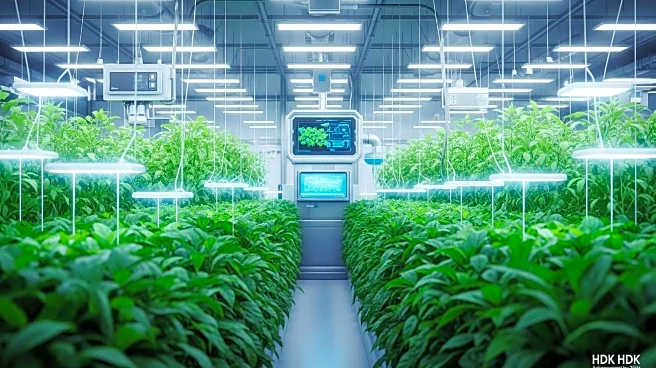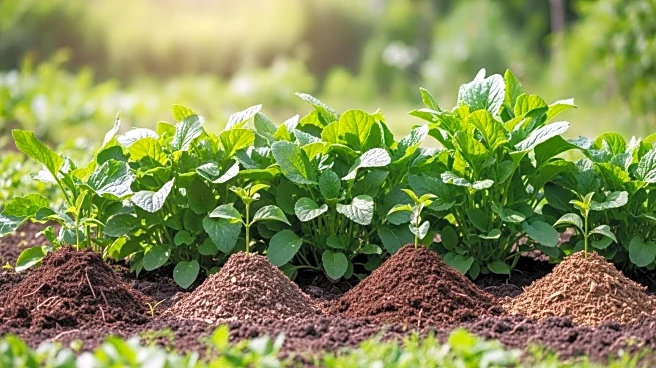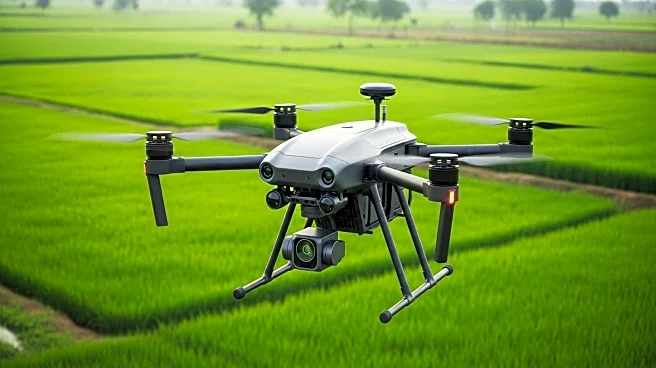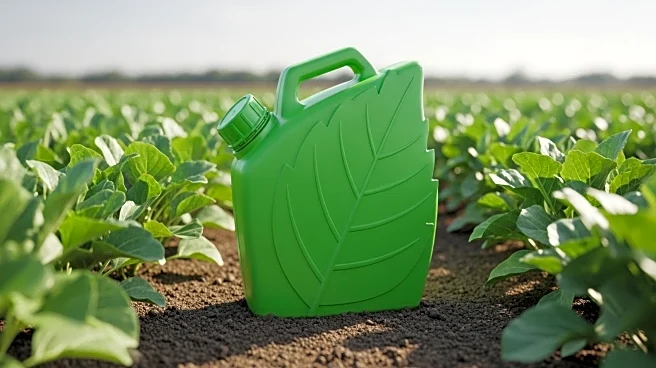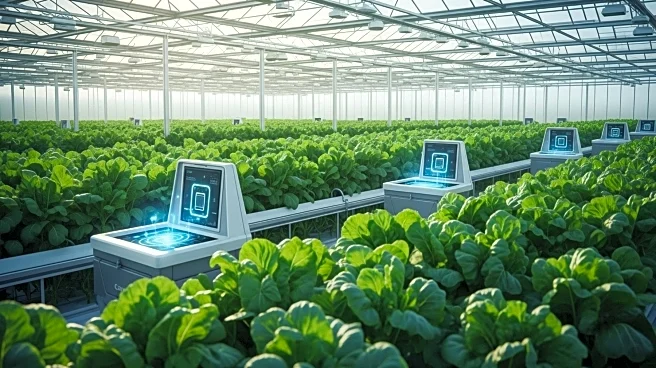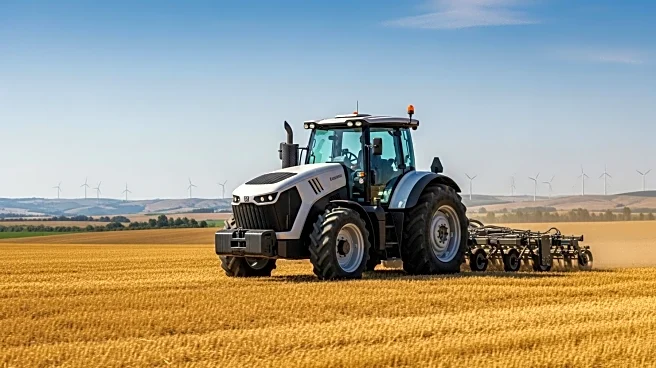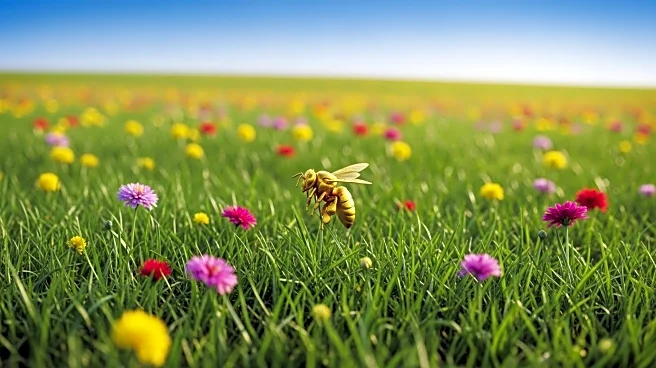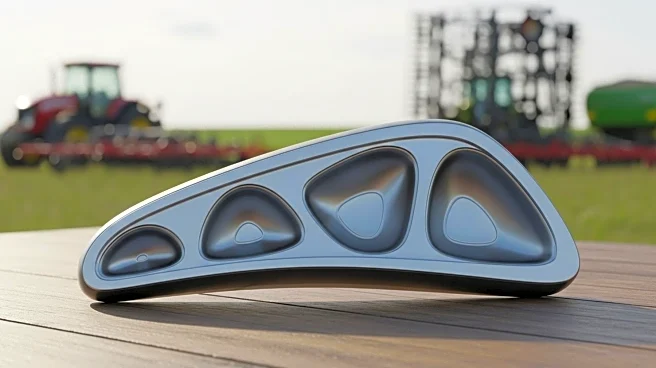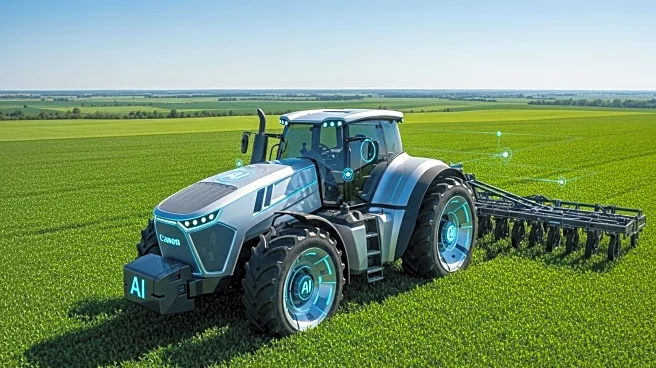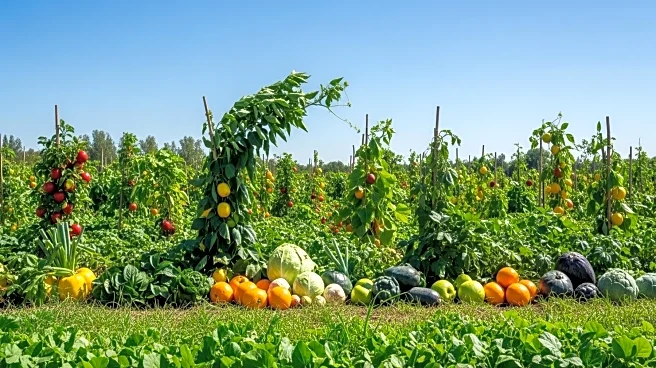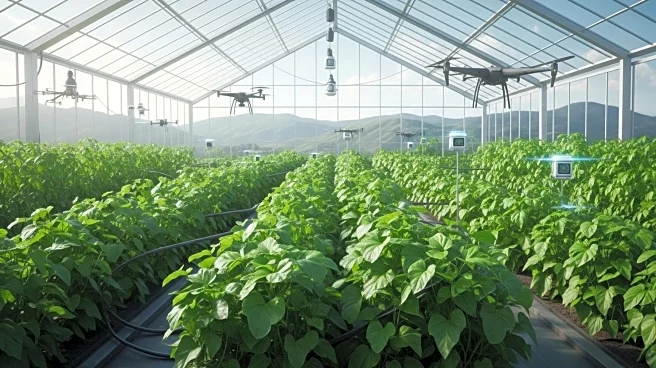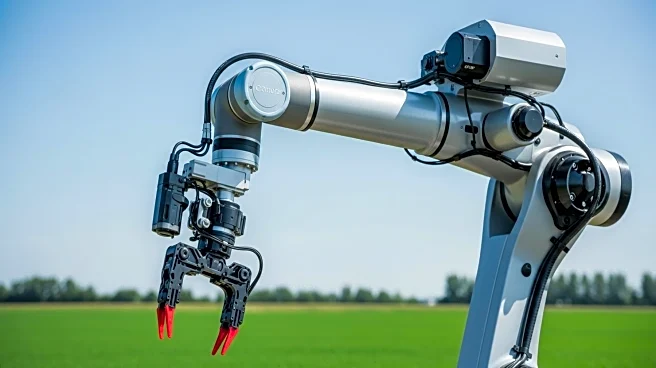What is the story about?
What's Happening?
Farmonaut has released a comprehensive guide detailing the projected growth of biological crop inputs by 2025. The report highlights that bio inputs, including biofertilizers, biopesticides, and biostimulants, are expected to constitute 30% of global agricultural inputs, up from 18% in 2020. This shift is driven by the need for sustainable agricultural practices in response to increasing food demand, soil health concerns, and environmental challenges. Bio inputs are seen as a key component in the next agricultural revolution, promoting biodiversity, improving crop quality, and restoring ecological balance.
Why It's Important?
The rise of bio inputs is crucial for the future of agriculture, as they offer a sustainable alternative to synthetic chemicals. By enhancing soil health and crop resilience, bio inputs can help meet the growing global food demand while minimizing environmental impact. This shift towards sustainable practices is expected to reduce chemical runoff, lower greenhouse gas emissions, and improve food safety by reducing chemical residues. The adoption of bio inputs is also likely to lower production costs over time, making them an economically viable option for farmers.
What's Next?
As bio inputs gain traction, governments and companies are investing in agricultural innovation and farmer education to address challenges such as inconsistent product quality and lack of awareness. Policies are emerging worldwide to incentivize the use of eco-friendly agricultural tools, making bio input adoption more accessible. Farmonaut is at the forefront of this movement, offering satellite-driven solutions to empower sustainable agriculture.
Beyond the Headlines
The integration of bio inputs with digital agriculture technologies, such as satellite monitoring and AI-driven advisory systems, is expected to enhance their efficacy and adoption. This technological synergy will enable precise application and monitoring, ensuring optimal results and further driving the shift towards sustainable farming practices.
AI Generated Content
Do you find this article useful?
